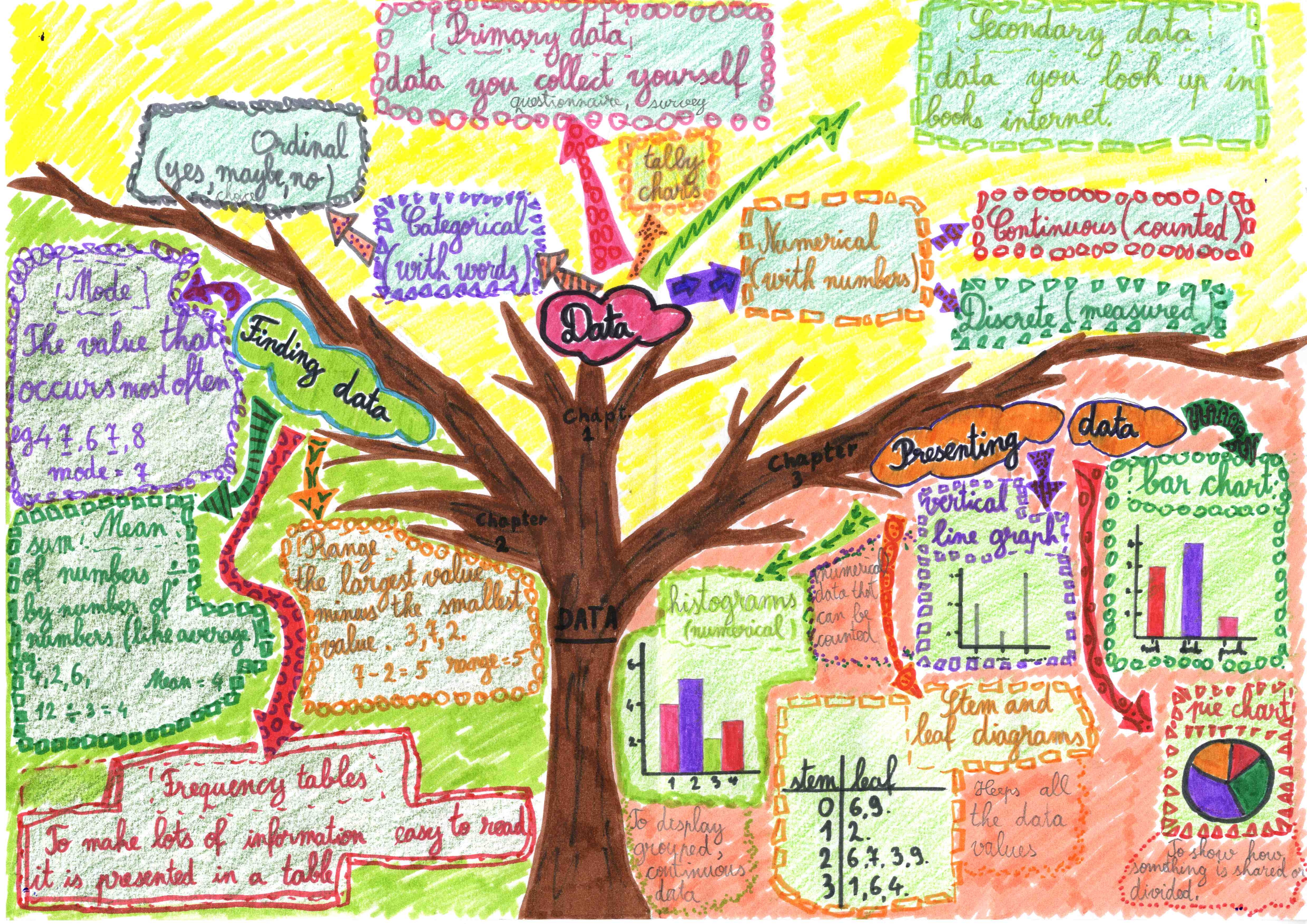

From this point, the formula is solved the same way as explained earlier. Note the semicolons are now commas, which indicate a horizontal array. We can visualize this operation in cell G5 like this: =SUMPRODUCT( // horizontal array SUMPRODUCT multiplies corresponding elements of the two arrays together, then returns the sum of the product. Looking first at the left side, we use the SUMPRODUCT function to multiply weights by corresponding scores and sum the result: =SUMPRODUCT(weights,C5:E5) // returns 88.25 The formula in cell G5 is: =SUMPRODUCT(weights,C5:E5)/SUM(weights) In the worksheet shown, scores for 3 tests appear in columns C through E, and weights appear in the named range weights (I5:K5).

This sounds really boring, but SUMPRODUCT is an incredibly versatile function that shows up in all kinds of useful formulas. : These are the numbers of which you want to calculate mean in excel. Generic Mean Formula in Excel AVERAGE (number1,number2.) Number1,number2. There is no MEAN function in excel since AVERAGE is there. The AVERAGE function does the same thing as mean. In a nutshell, SUMPRODUCT multiplies ranges or arrays together and returns the sum of products. In excel, we use the AVERAGE function to calculate the mean of data. The core of this formula is the SUMPRODUCT function. In Excel, this can be represented with the generic formula below, where weights and values are cell ranges: =SUMPRODUCT(weights,values)/SUM(weights) A weighted average (also called a weighted mean) is an average where some values are more important than others. We can calculate a weighted average by multiplying the values to average by their corresponding weights, then dividing the sum of results by the sum of weights. In this example, the goal is to calculate a weighted average of scores for each name in the table using the weights that appear in the named range weights (I5:K5) and the scores in columns C through E. In other words, some values have more "weight". In this example, the goal is to calculate a weighted average of scores for each name in the table using the weights that appear in the named range weights (I5:K5) and the scores in columns C through E.


 0 kommentar(er)
0 kommentar(er)
